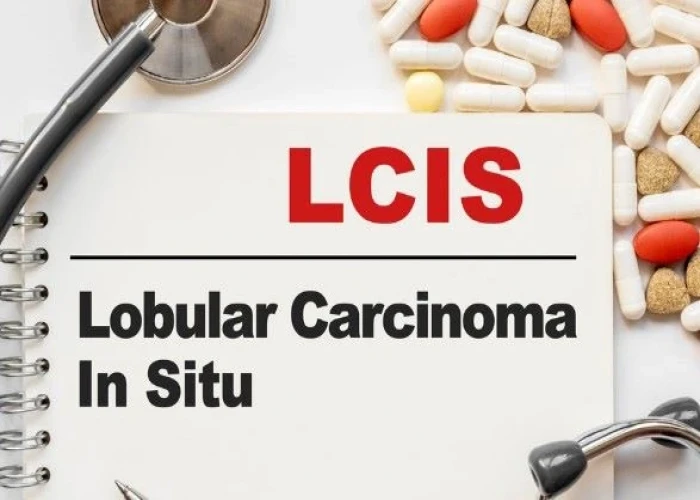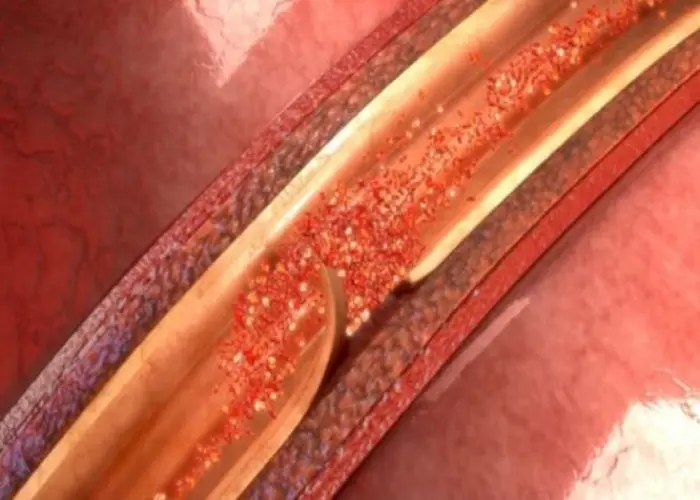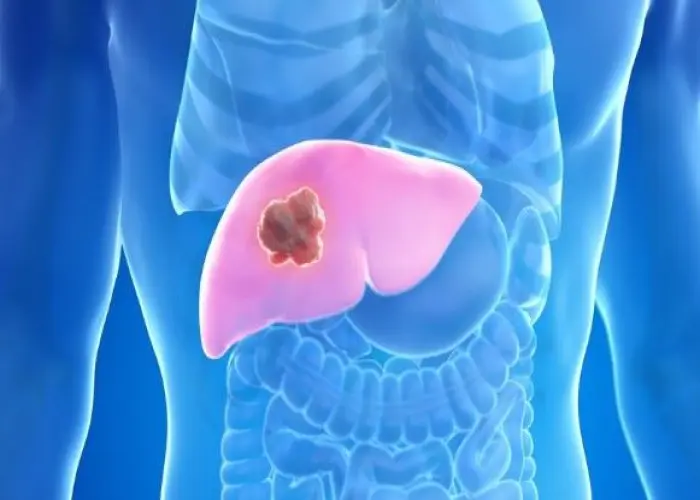 Welcome
Welcome
“May all be happy, may all be healed, may all be at peace and may no one ever suffer."
Lobular carcinoma in situ (LCIS)

Lobular carcinoma in situ (LCIS) is a non-invasive type of breast cancer that starts in the milk-producing glands (lobules) of the breast. LCIS is not considered to be a true cancer, but rather a marker of increased risk for developing invasive breast cancer in the future.
LCIS is usually found incidentally during a breast biopsy done for other reasons, as it does not typically cause any symptoms. Women with LCIS have an increased risk of developing invasive breast cancer in either breast, and the risk can remain elevated for up to 20 years after the diagnosis.
Treatment for LCIS usually involves close monitoring and surveillance, as well as lifestyle changes to reduce the risk of developing invasive breast cancer. Some women may choose to undergo risk-reducing surgeries, such as bilateral mastectomy, to reduce their risk of developing breast cancer in the future. Hormonal therapy may also be recommended for some women to reduce their risk.
It's important for women with LCIS to have regular mammograms and breast exams, as well as to discuss their individualized risk and treatment options with their healthcare provider.
Research Papers
Disease Signs and Symptoms
- Breast lump
- Breast pain
- Swollen breast
- Results of an electrocardiogram (ECG) done for an unrelated reason
Disease Causes
Lobular carcinoma in situ (LCIS)
It's not clear what causes LCIS. LCIS begins when cells in a milk-producing gland (lobule) of a breast develop genetic mutations that cause the cells to appear abnormal. The abnormal cells remain in the lobule and don't extend into, or invade, nearby breast tissue.
If LCIS is detected in a breast biopsy, it doesn't mean that you have cancer. But having LCIS increases your risk of breast cancer and makes it more likely that you may develop invasive breast cancer.
The risk of breast cancer in women diagnosed with LCIS is thought to be approximately 20 percent. Put another way, for every 100 women diagnosed with LCIS, 20 will be diagnosed with breast cancer and 80 won't be diagnosed with breast cancer. The risk of developing breast cancer for women in general is thought to be 12 percent. Put another way, for every 100 women in the general population, 12 will be diagnosed with breast cancer.
Your individual risk of breast cancer is based on many factors. Talk to your doctor to better understand your personal risk of breast cancer.
Disease Prevents
Disease Treatments
A number of factors, including your personal preferences, come into play when you decide whether to undergo treatment for lobular carcinoma in situ (LCIS).
There are three main approaches to treatment:
- Careful observation
- Taking a medication to reduce cancer risk (preventive therapy)
- Surgery
Observation
If you've been diagnosed with LCIS, your doctor may recommend more frequent exams to closely monitor your breasts for signs of cancer. This may include:
- Monthly breast self-exams to develop breast familiarity and to detect any unusual breast changes
- Clinical breast exams every year by a health care provider
- Screening mammograms every year
- Consideration of other imaging techniques, such as breast MRI or molecular breast imaging, especially if you have additional risk factors for breast cancer, such as a strong family history of the disease
Preventive therapy
Preventive therapy (chemoprevention) involves taking a medication to reduce your risk of breast cancer.
Preventive therapy options include:
- Medications that block hormones from attaching to cancer cells. Selective estrogen receptor modulator (SERM) drugs work by blocking estrogen receptors in breast cells so that estrogen isn't able to bind to these receptors. This helps reduce or prevent the development and growth of breast cancers.
- Tamoxifen is one SERM approved for reducing the risk of breast cancer in premenopausal women and postmenopausal women. Raloxifene (Evista) is approved for postmenopausal women to reduce the risk of breast cancer and also to prevent and treat osteoporosis.
- Medications that stop the body from making estrogen after menopause. Aromatase inhibitors are a class of medicines that reduce the amount of estrogen produced in your body, depriving breast cancer cells of the hormones they need to grow and thrive.
- Aromatase inhibitors anastrozole (Arimidex) and exemestane (Aromasin) are another option for reducing the risk of breast cancer in postmenopausal women. Studies have found these drugs can reduce the risk of breast cancer in women with a high risk, but they aren't approved for that use by the Food and Drug Administration.
Discuss with your doctor the risks and benefits of taking a drug for breast cancer prevention to see if it's the best course of treatment for you. There are pros and cons to the different medications, and your doctor can discuss which drug may be best for you based on your medical history.
Surgery
Surgery may be recommended in certain situations. For instance, surgery is often recommended for a specific type of LCIS called pleomorphic lobular carcinoma in situ (PLCIS). This type of LCIS is thought to carry a greater risk of breast cancer than is the more common classical type.
PLCIS may be detected on a mammogram. If analysis of your biopsy confirms that you have PLCIS, your doctor will recommend surgery. Options may include an operation to remove the area of PLCIS (lumpectomy) or an operation to remove all of the breast tissue (mastectomy). In determining which treatment is best for you, your doctor considers how much of your breast tissue is involved with the PLCIS, the extent of the abnormalities detected on your mammogram, whether you have a strong family history of cancer and your age.
Your doctor may recommend radiation therapy after lumpectomy surgery in certain situations. You may be referred to a doctor who specializes in using radiation to treat cancer (radiation oncologist) to review your specific situation and discuss your options.
Another option for treating LCIS is preventive (prophylactic) mastectomy. This surgery removes both breasts — not just the breast affected with LCIS — to reduce your risk of developing invasive breast cancer. To obtain the best possible protective benefit from this surgery, both breasts are removed, because LCIS increases your risk of developing breast cancer in either breast. This may be an option if you have additional risk factors for breast cancer, such as an inherited gene mutation that increases your risk, or a very strong family history of the disease.
Disease Diagnoses
Disease Allopathic Generics
Disease Ayurvedic Generics
Disease Homeopathic Generics
Disease yoga
Lobular carcinoma in situ (LCIS) and Learn More about Diseases

C. difficile infection

Aortic dissection

Hyperoxaluria and oxalosis

Delayed sleep phase

Antiphospholipid syndrome

Brain AVM (arteriovenous malformation)

Morning sickness

Corticobasal degeneration
Lobular carcinoma in situ, scis, লোবুলার কার্সিনোমা ইন সিটু, এলসিআইএস
To be happy, beautiful, healthy, wealthy, hale and long-lived stay with DM3S.
